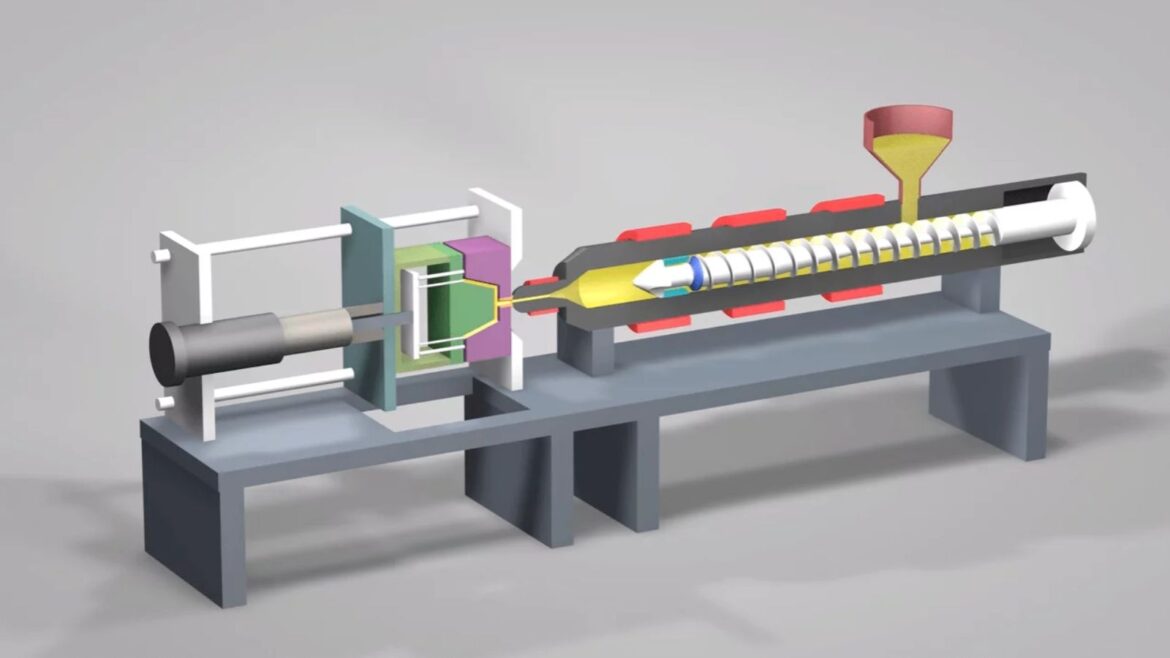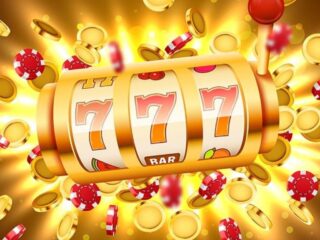China Mold provides Injection molding services with great expertise and the plastic injection molding process is a widely used manufacturing process to produce plastic components due to its affordability, effectiveness, and high reliability.
What is Injection Moulding?
Injection Moulding (IM) is a manufacturing method where a polymer is heated to a molten state and then forced under high pressure into a mold. The molten plastic cools and hardens inside the specially shaped-cavity. The finished product, commonly referred to as a molding, is then removed from the mold. Plastics and elastomers are the primary materials used, and manufacturers often create large quantities of moldings. Like metal casting and 3D printing, IM can produce distinct near-net shape components featuring complex designs.
While larger parts may take 60 seconds or more to produce, the average production cycle time is between 10 and 30 seconds. Additionally, the mold can have multiple cavities, allowing several moldings to be produced in each cycle.
Injection molding is widely used because it produces plastic moldings in large quantities at a low cost per unit. Two significant advantages of injection molding are its high repeatability and considerable design flexibility. However, economic considerations are usually the main limitation, due to the substantial initial investment required for the mold. Moreover, the time needed for initial production can be quite lengthy.
What is Custom Plastic Injection Molding?
Custom plastic molding refers to the process of creating plastic components based on the specifications provided by the customer, using an injection molding machine.
This method allows for the production of many identical items at a low cost and a high production rate.
How Does Injection Moulding Work?
The primary function of an Injection Moulding Machine is to melt plastic granules, inject them into a mold cavity, and, after cooling, separate the mold to release the formed parts. Thus, an Injection Molding Machine consists of a plastic injection unit, a mold clamping unit, and a mold.
Injection Unit
The injection unit comprises a material feeding hopper, a barrel with an extruding screw, and a hydraulic ram that pushes the injection unit toward the mold cavity entrance. The screw blends the materials, heats, and forces the molten plastic into the mold. The design of the screw and barrel has been optimized to enhance the pressure to suitable levels and facilitate the melting of the material.
Clamping Unit
The clamping unit of the injection molding machine secures the two halves of the mold together during the injection process to withstand the injection force. It also ensures that the mold opens and closes properly in synchronization with the injection process, maintaining the alignment of the two halves.
Mold
A mold is a split metal block containing a cavity shaped like the intended part. Manufacturers typically use tool steel, aluminum, and beryllium copper for molds. Molds can be designed with either a single cavity or multiple cavities for the same part, or even different parts, allowing producers to mold several components in a single injection cycle.
Mold design
China mould specializes in high-quality plastic injection mold making. Our team consists of 10 skilled mold designers who possess extensive experience in plastic properties and mold structure. For many years, we have provided top-notch custom plastic injection mold-making services.
Each project is treated with utmost seriousness. Before starting the design process, our designers perform Mold Flow Analysis and participate in a technical meeting involving the tool shop and injection department. This approach helps us avoid manufacturing issues and troubleshoot effectively. These practices ensure our high quality and short lead times.
Our design team offers:
Industrial Design
Appearance Design
Structural Design
Mold Design (2D & 3D)
DFM (Design for Manufacturability)
Mold Flow Analysis
The Software Mold China Use
The software we use:
Our engineer mainly used the following software:
Pro/ENGINEER
SolidWorks
AutoCAD
Moldflow
MasterCAM
Unigraphics
Animatronic
Surfcam
CATIA
Benefits of Injection Moulding
- Injection molding is capable of creating complex and detailed shapes with very precise tolerances.
- Injection molding parts can weigh from 50 grams to approximately 25 kilograms.
- Scaling up production is straightforward; as the part count increases, production costs decrease, enabling the creation of consistent parts.
- Labor costs are reduced due to the semi-automated nature of the injection molding process, which typically requires just one operator to oversee the machinery.
- There is a broad selection of materials available, although the most common injection molding materials constitute about 90% of all injection moldings.
- Injection molding can produce near-net shape parts, resulting in minimal scrap and less waste compared to other manufacturing methods such as CNC machining.
- Designs enjoy significant freedom in terms of features, materials, and colors. Additionally, materials can be customized for specific applications and operating environments by incorporating additives like UV stabilizers, fibers, and glass beads.
- Injection molding is the most prevalent molding technique used for producing thermoplastics.
- The manufacturing process of injection molding is both highly efficient and faster in comparison to CNC machining and 3D printing.
Plastic Moulding Material
Injection molding stands as the most prevalent process for forming thermoplastics. In 2021, it was estimated that globally 390.7 million metric tonnes of plastic components were produced.
Given that thermoplastics and thermosets behave differently under temperature, some thermosets, such as silicone and elastomers, are molded with modifications to equipment and operating parameters to facilitate the cross-linking of these substances. A notable example of a modified injection molding process is the Liquid Silicone Rubber molding technique.Parts created through injection molding exhibit superior physical properties that can be customized with additives, such as glass fibers, or by combining different materials, like PC/ABS blends, to obtain the desired strength.
It is important to choose the appropriate materials for your design. Be sure to consider the part’s impact and tensile strengths, heat deflection, water absorption, and flexural modulus of elasticity.
What Types Of Parts Can Be Created Using Injection Molding?
Injection molding is widely used in numerous industries. You will frequently encounter injection-molded plastic components in sectors such as construction, food and beverage, and consumer products, among several others.
The primary applications found on the Protolabs Network platform include:
- Aerospace
- Automotive
- Electronics
- Medical






